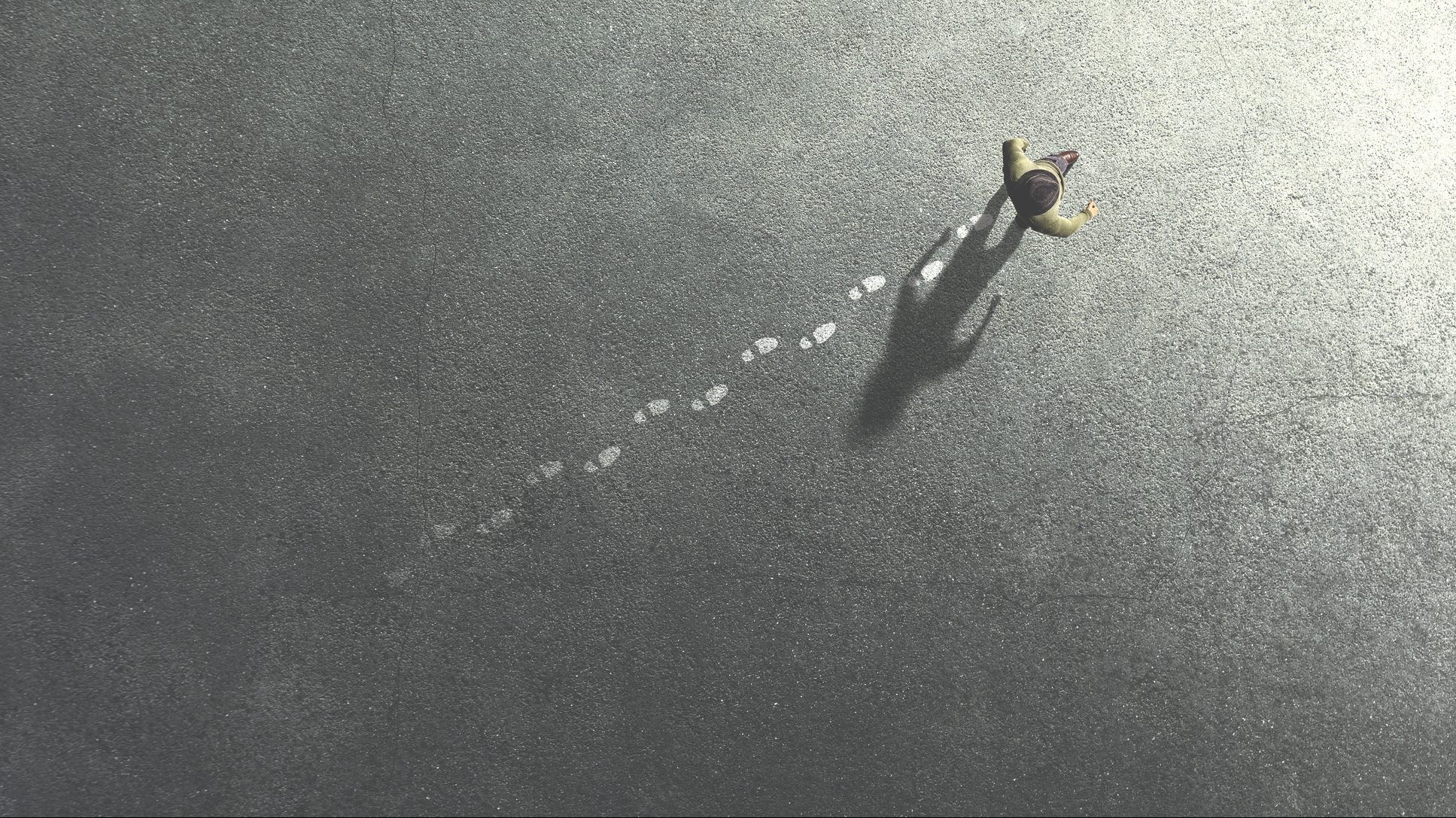machado: another world cancer day, yet cancer is still that dark horse nipping at our heels
imagine if, instead of worrying about optics, market share and succumbing to the unwillingness to play nice with competitors, every player in the health-care system led with their hearts and the realization that we can't go on like this much longer.
opinion: on world cancer day, it's time to unite our voices to make cancer care better
canada's strained and fractured health system makes person-centred cancer care more important than ever, writes andrea seale, ceo of the canadian cancer society.
canadians continue to pay the price for governments that refuse to prioritize cancer care
cancer action now, an alliance of advocacy groups, pharmaceutical companies and professional associations, has taken aim at politicians who won't commit to a plan to fix cancer care in canada.
 4 minute read
4 minute read










